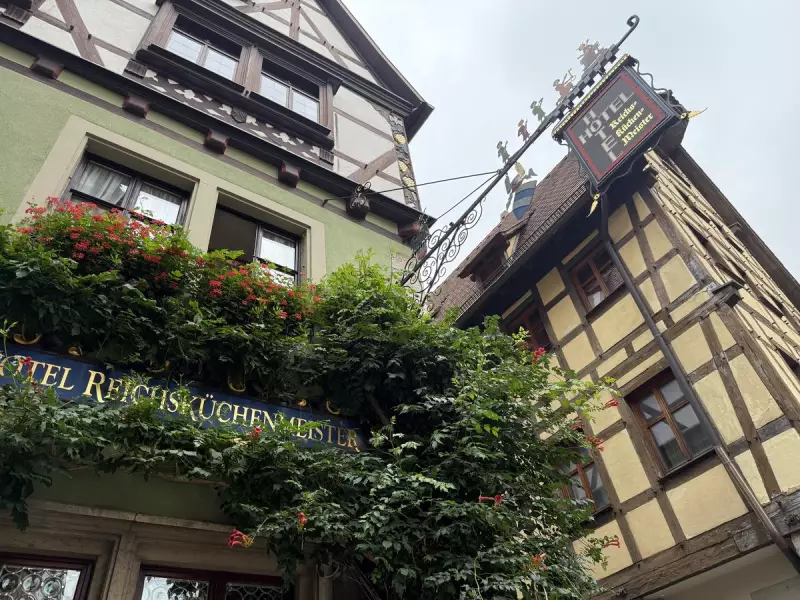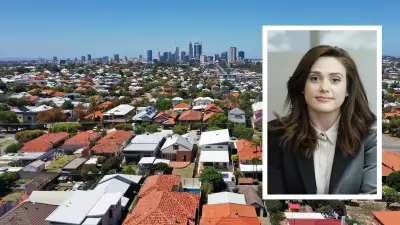
From the deck of our river cruise ship, the onion domes of Würzburg's Kappele pilgrimage chapel rise above lush green trees. Some 220 steps lead up to this rococo-style church, with local lore promising that climbing them forgives half your sins, while ascending on your knees wipes the slate completely clean. Having behaved well on this cruise, I feel no urgent need to test this theory today.
From Vineyards to Medieval Walls
We've just docked in Würzburg on the River Main, where rows upon rows of grapevines stretch toward the town. This is wine country, and unlike most Bavarians who favour beer, wine is the preferred tipple here. This region marks the northernmost point in the world for wine growing, with vines planted in unusual vertical rows that climb hillsides to maximise sun exposure.
The predominant variety here is Silvaner white wine, but it's a different Franconian wine that earned royal approval. Riesling from Würzburg was served at Queen Elizabeth II's coronation dinner in 1953. There's even an Australian connection - Wolfgang Blass studied winemaking near Würzburg before emigrating to establish his famous Wolf Blass label.
Our ship, the APT Ostara, remains docked until 6pm, but for now we're boarding a bus for the 50-minute journey to the medieval walled town of Rothenburg. The drive reveals red-roofed villages, churches with distinctive onion domes and spires, and remnants of old town walls. Orchards heavy with purple plums line the flatlands, while distant hills showcase more grapevines.
Stepping Back in Time
As we climb from the river valley toward Rothenburg, the climate becomes too cold for grapes but perfect for other crops. Golden fields of wheat, rye, barley and spelt create a patchwork alongside towering corn stalks and verdant sugar beet carpets. Beets are the area's cash crop, producing two-thirds of Germany's sugar at a facility in nearby Ochsenfurt.
We arrive outside Rothenburg's ancient walls, dating from the 1300s-1500s. The perimeter curiously resembles Pinocchio's head, and our guide Lilo explains that Walt Disney's cartoon version of Pinocchio may have drawn inspiration from Rothenburg. The town's charming market square famously doubled as Vulgaria in the 1968 film Chitty Chitty Bang Bang.
Church bells peal as we enter, echoing traditions from days before watches when bells marked time throughout the day. The final evening bell signalled the closing of town gates against night-time invaders, leaving latecomers to sleep in the surrounding forests.
Architectural Marvels and Sweet Treats
We climb stone steps to cross a section of the wall, passing 13 lookout towers and numerous small cutouts that once served as firing positions for medieval defenders. The entrances through the walls remain deliberately small, designed to prevent large groups or horseback riders from entering easily.
Lilo stops us outside the Old Horse Mill (Rossmuhle), pointing out its distinctive 'beaver tail' roof tiles. Built in 1516, the mill operated using 16 horses until the 1800s and now functions as a youth hostel.
Throughout the town, intricate gilded wrought-iron signs hang outside shops, adhering to strict regulations that ban modern advertising. Each symbol identifies the wares within - a bull marks the butcher, while four pretzels clearly indicate the bakery. Lilo shares that the pretzel's origin dates to 610AD, created by monks to celebrate a more comfortable prayer position approved by the Pope.
In bakery windows, towers of schneeballen (snowballs) tempt visitors. This Rothenburg specialty features pastry strips rolled into balls, deep-fried and sugar-dusted, though I discover they're more visually appealing than delicious.
Legends and Lasting Impressions
After our tour, free time finds us in the market square outside the town hall, where crowds gather before the Ratstrinkstube clock tower. On the hour, mechanical toys re-enact the legend of Mayor Georg Nusch, who saved the town in 1631 by drinking 3.25 litres of wine in one go when Catholic forces threatened to burn Rothenburg.
When rain begins pouring, I seek shelter in St Jacob's Church, built in the 14th century with remarkable Gothic architecture. The interior features stunning stained-glass windows, a high vaulted ceiling, and exquisite woodwork carvings. The most famous artwork is the Altar of the Holy Blood, carved between 1499 and 1505 by Würzburg sculptor Tilman Riemenschneider.
Before returning to the ship, I visit Käthe Wohlfahrt Christmas Village, where Christmas thrives year-round. The 1000sqm store features a 3.8m nutcracker, snow-covered marketplaces with 122,000 fairy lights, and Germany's largest selection of traditional Christmas decorations.
Back onboard, lunch at Gruner Bar refuels me with pork schnitzel and cheesy spätzle, preparing me for an afternoon exploring Würzburg's delights along the River Main.





